Current trends in educational technology include personalized learning and artificial intelligence. Gamification and immersive learning through VR/AR are also gaining momentum.
Educational technology is evolving rapidly, revolutionizing how instructors teach and students learn. Personalized learning platforms adapt to individual student needs, enabling tailored education plans. Artificial intelligence seamlessly integrates into classrooms, providing smart content and analytics that guide instructional strategies. Gamification introduces play elements to learning, improving engagement and motivation.
Virtual Reality (VR) and Augmented Reality (AR) create immersive experiences that enrich learning environments. These advancements not only facilitate remote education but also foster collaboration and interaction in novel ways. As educators seek to enhance learning outcomes, the adoption of these technologies is becoming increasingly prevalent, shaping the future of education.

Credit: www.simplilearn.com
Evolving Landscapes Of Edtech
The Evolving Landscapes of EdTech are transforming how we think about education. New tools and platforms emerge constantly. These innovations shape the ways teachers teach and students learn. Let’s dive into some of these exciting trends.
Shift From Traditional Classrooms
Physical classrooms are giving way to digital spaces. Here’s how:
- Schools adopt online resources to support face-to-face instruction.
- Students use technology to access coursework from anywhere.
- Educators leverage tools like virtual whiteboards and interactive quizzes.
This shift opens education up to a world of possibilities.
Embracing Blended Learning Models
Blended learning is the new norm. It combines online and traditional learning. See the impact:
| Traditional Learning | Blended Learning |
|---|---|
| In-person lessons | Mix of online and in-person |
| Limited flexibility | Greater flexibility |
| Fixed schedule | Self-paced options |
Students tailor their learning to their needs. Teachers use data from tech tools to help every student.
Tech-enhanced Learning Experiences
Welcome to the dynamic realm of Tech-Enhanced Learning Experiences where education meets modern technology to create immersive and engaging environments for students of all ages. This innovative approach transforms traditional learning, making it more interactive and enjoyable. Let’s explore the powerful tools shaping the future of education.
Interactive Platforms
Today’s classrooms are buzzing with interactive platforms that turn lessons into exciting explorations. These platforms provide:
- Real-time feedback on assignments
- Collaborative tools for group projects
- Personalized learning paths
Digital whiteboards and classroom management apps are perfect examples, keeping students engaged and teachers organized.
Gamification In Education
Imagine turning math problems into quests or history lessons into adventures. Gamification does just that. It includes:
- Point systems for completed tasks
- Badges for achievements
- Leaderboards for friendly competition
These elements make learning a game, with students eagerly accepting each new challenge.
Virtual And Augmented Reality Uses
Why read about space when you can visit the planets? Virtual Reality (VR) and Augmented Reality (AR) thrust students into new worlds. They can:
- Explore ancient civilizations in 360 degrees
- Interact with complex molecules in chemistry
- Simulate surgeries in medical training
These technologies create unforgettable experiences that transcend traditional textbooks and lectures.
Personalized Education Through Ai
The age of custom-tailored learning is upon us, with Artificial Intelligence (AI) at the helm. Education is shifting from a one-size-fits-all model to an adaptive approach that caters to individual learner’s needs. By harnessing the power of AI, educational technology is offering unprecedented personalization in learning experiences. Let’s delve into how AI reshapes education through adaptive learning, insightful data, and virtual support.
Adaptive Learning Technologies
Adaptive learning technologies are revolutionizing the way students absorb information. With AI, software analyzes performance in real-time, adjusting learning paths to suit each student. Imagine a classroom where every lesson is uniquely tailored to match a learner’s strengths and weaknesses. This technology extends beyond traditional subjects, adapting to various learning styles across disciplines.
Data-driven Instruction
- Personal progress tracking enables focused improvements.
- Informed educators create optimized learning strategies.
- Real-time feedback helps to hone teaching methodologies.
Every click, answer, and interaction fuels a data-rich environment. Teachers harness this data to unfold hidden patterns and offer targeted support where needed.
Ai Tutors And Assistants
The introduction of AI tutors and assistants brings a personal mentor to every student’s side. These digital guides offer instant assistance and clarify doubts 24/7, ensuring every student can find help whenever they need it. AI assistants also lighten teachers’ loads, managing administrative tasks and providing extra support.

Credit: edvancedlearning.com
Collaboration And Social Learning Tools
Technology is transforming how students learn together. New tools make working with classmates easy and fun. Imagine learning with friends around the world. That’s what’s happening in schools right now. This section highlights how these technologies are changing education.
Peer-to-peer Learning Platforms
Websites where students teach each other are very popular. They share knowledge and ask questions. It’s like having a big study group online. These platforms come with features like:
- Chat rooms for quick help
- Video calls to explain tough concepts
- File sharing for class notes and projects
These tools help students learn from peers. They build a community of learners, no matter where they are.
Impact Of Social Media On Learning
Social media isn’t just for fun. It’s a powerful learning tool. Teachers use platforms to share resources. Students use them to discuss and solve problems. Together, they create a learning network. Here’s why social media is good for learning:
| Feature | Benefit to Learning |
|---|---|
| Groups | Build study communities |
| Hashtags | Find topics easily |
| Instant updates | Stay current with class info |
Social media can make learning interactive and immediate. It’s a trend that’s growing fast in schools.
Challenges And Considerations
Exploring the current trends in educational technology brings us to critical challenges and considerations. These aspects can shape or hinder the successful integration of tech in learning environments. Let’s delve into some pressing issues.
Digital Divide And Accessibility
The digital divide stands as a significant barrier. Not all students have equal tech access. Priorities include:
- Affordable internet for all students.
- Accessible devices, like computers or tablets.
- Teachers skilled in digital tools.
Efforts must focus on bridging this gap. Ensuring every student has the tools for digital learning is key.
Privacy And Security Concerns
With tech comes the risk of data breaches. Schools need solid plans to keep student info safe. Main steps include:
- Training staff on data protection best practices.
- Using secure platforms that protect student privacy.
- Regularly updating software to prevent security threats.
Building trust with parents and students is crucial by ensuring their information remains confidential.
The Future Of Edtech
The landscape of educational technology is ever-changing, embracing innovations that transform how teachers teach and students learn. As we look ahead, certain trends stand out, signifying the next evolution of EdTech. These developments promise to make education more personalized, accessible, and effective. Let’s delve into what awaits us in the world of educational technology.
Predictive Analysis In Education
Predictive analysis is reshaping the educational sphere. By analyzing student data, schools can pinpoint individual needs. This approach helps teachers customize learning paths for every student. Anticipating challenges becomes easier, enabling timely intervention. Schools can now:
- Identify at-risk students early on.
- Recommend tailored resources to improve learning outcomes.
- Forecast future trends in student performance.
Utilizing complex algorithms, predictive analysis tools are becoming indispensable in creating a responsive education environment.
Innovations On The Horizon
EdTech is not just about what is; it’s about what’s next. Several cutting-edge technologies are on the verge of mainstream adoption in schools:
| Innovation | Description |
|---|---|
| Virtual Reality (VR) | Immersive learning environments for engaging education. |
| Artificial Intelligence (AI) | Smart tutoring systems offering personalized instruction. |
| Blockchain | Secured sharing of student records and credential verification. |
As these technologies mature, the potential to revolutionize teaching and learning grows. Classrooms will evolve into dynamic spaces that cater to every student’s unique learning journey.
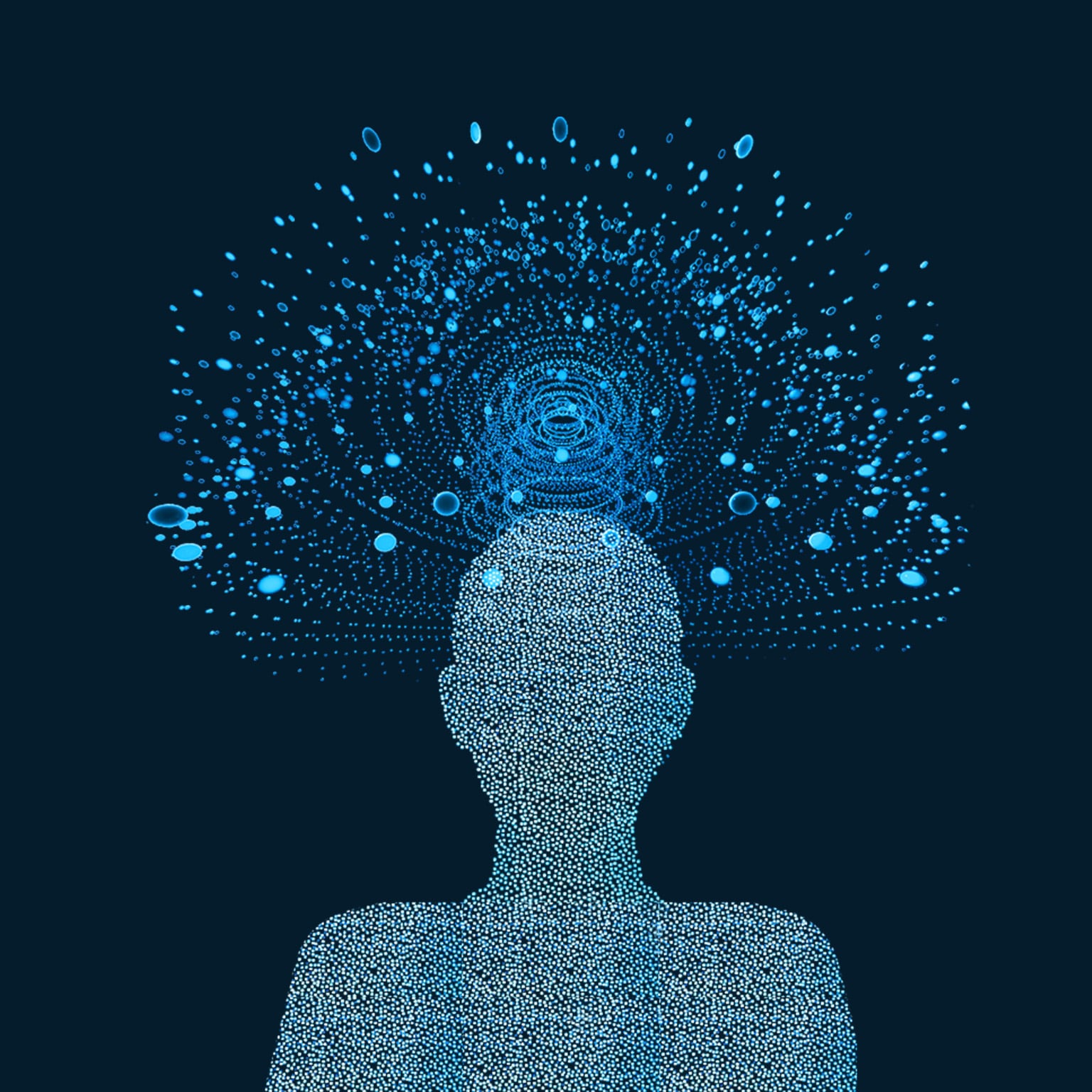
Credit: www.mckinsey.com
Frequently Asked Questions For What Are The Current Trends In Educational Technology
What Is Edtech?
Educational Technology, or EdTech, integrates digital tools into learning. It enhances educational experiences and outcomes. Methods include online courses, apps, and interactive e-books.
How Is Ai Shaping Education?
AI in education enables personalized learning and automates grading. It adapts to individual student needs. AI can identify weaknesses and recommend resources for improvement.
What Trends Are Emerging In E-learning?
E-learning trends include microlearning, gamification, and mobile learning. Microlearning offers bite-sized content. Gamification boosts engagement. Mobile learning allows access anywhere, building flexible study habits.
Are Vr And Ar Used In Classrooms?
Yes, VR (Virtual Reality) and AR (Augmented Reality) are transforming classrooms. They offer immersive experiences enhancing engagement and understanding, especially in sciences and history.
Conclusion
Embracing the wave of educational technology is no longer futuristic—it’s essential. EdTech trends like AI, VR, and personalized learning are transforming classrooms now. By adopting these tools, educators and students alike unlock new potentials. Stay updated with EdTech; the journey of learning never stops evolving.










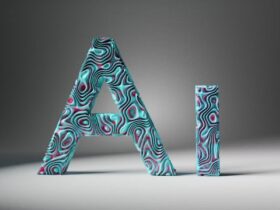





























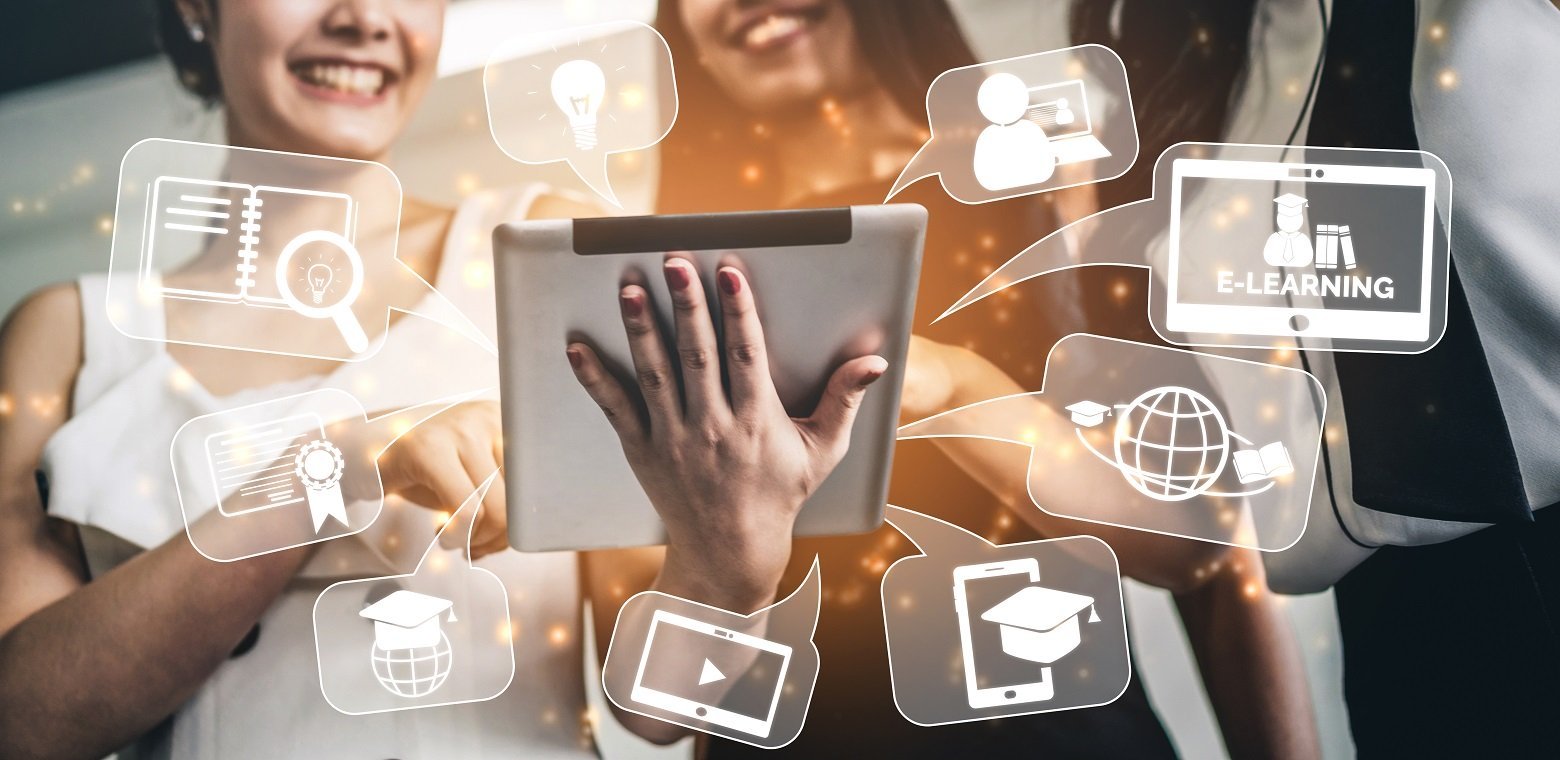
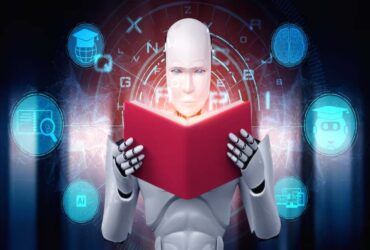
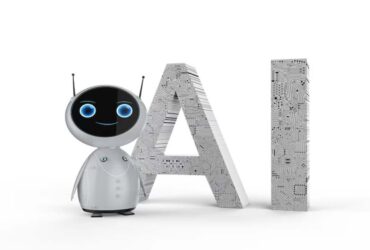

Leave a Reply